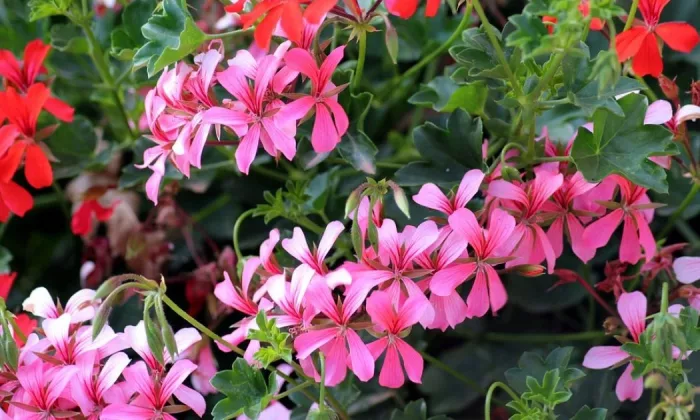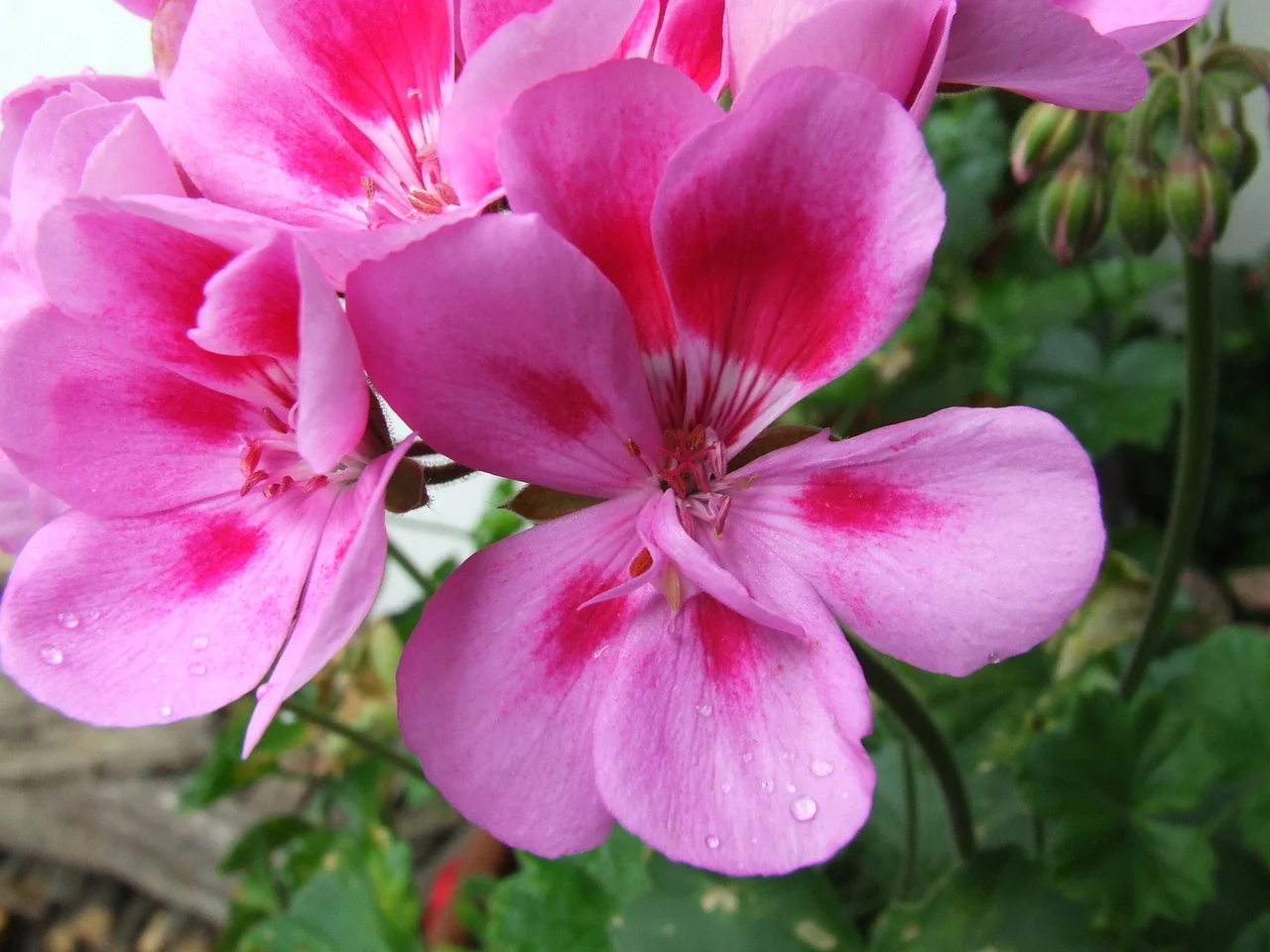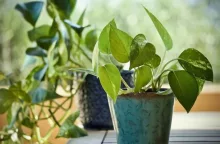Not all Pelargonium odoratissimum, commonly known as apple pelargonium, need trimming. You may even hurt them

Wintering pelargonium is relatively simple – that is, if you grow the classic garden pelargonium. Trim first and then place in a bright room where the temperature is around 12 °C, water a little from time to time and that’s it. Now you just sit and look forward to the spring. However, a completely different situation occurs if you grow “overhanging” pelargonium, called the scrambling pelargonium or the regal pelargonium, sometimes also called the show pelargonium.
If you prefer Latin names, then these are the names :
- Pelargonium zonalehortense,
- Pelargonium peltatum,
- Pelargonium grandiflorum.
So, if you have the regular pelargonium zonalehortense, you don’t have to worry much about wintering. Just don’t forget to trim the plants and make cuttings with no more than three leaves from the cut parts and plan them so, you have flowers the next year (no more than 4 nodes should remain on the stem). But what about the other types of pelargonium?
Photo: Pixabay
If you have pelargonium peltatum, do not go crazy with the scissors
You still should do some trimming but do not overdo it . Cut the plant nicely so, the flowerpot looks well-trimmed, but try to keep as much plant as possible. Store pots in a light and cold room where the temperature ranges from 10-12 °C. At the end of February cut the plants to 3-4 nodes and start fertilizing little bit. You can place them outside (like all pelargonium anyway) somewhere around mid-May.
Pelargonium grandiflorum need a lot of care
Wondering why you cannot successfully winterize these large flower plants? The reality is that pelargonium grandiflorum need to “live” even during the cold winter months. So, you should put them in a room where the temperature remains around 15°C and provide adequate watering and fertilizing. Do it once a month. Do not trim these plants; only get rid of dry and diseased parts.
In the spring, you can trim and shape them as needed. When April comes, you may gradually increase fertilization – up to the usual dose. If you follow these rules your pelargonium should be beautiful throughout the entire season.
Preview photo: Pixabay

Gardening is my hobby, I have a lot of experience and I am happy to share it.









0 comments